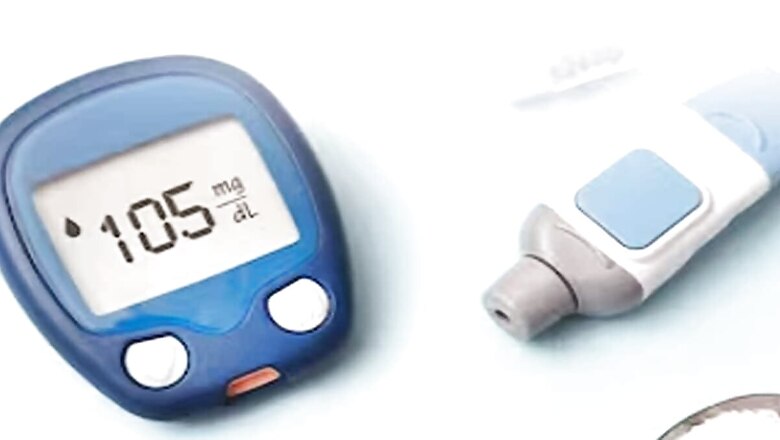
views
From keeping blood sugar levels stable to taking care of various organs, it is imperative for diabetic patients to take extra care of themselves. With diabetes comes unique challenges and one such challenge is giving special attention to foot care. According to health experts, diabetes can lead to various long-term skin problems, including the feet, making individuals more prone to reduced blood flow and nerve damage.
During an interview with HT Lifestyle, Chairperson at Zandra Healthcare, Dr Rajiv Kovil stated, “For those with type 2 diabetes, poor blood circulation is a significant concern as it can lead to an increased risk of amputation. Individuals with type 2 diabetes also face a higher risk of foot infections, ulcers, and delayed wound healing and nerve damage, known as neuropathy, which is a major issue that further elevates the likelihood of amputation.”
There is a common myth among women with diabetes that pedicures are an important part of their foot care routine. However, Dr Kovil recommended visiting a podiatrist or orthotist and avoiding pedicures at beauty salons for a proper foot care regime.
He explained, “The rationale behind this caution lies in the fact that diabetic patients are prone to foot problems that diminish the feet’s ability to fight infections. During pedicures, even minor cuts and nicks on the skin can increase the risk of infection.”
Dr Rajiv asserted that hygiene at the salon is crucial, especially for individuals with diabetes. He added that foot baths should be carefully cleaned and disinfected between customers and clippers and other tools should also be thoroughly washed and sanitized using disinfecting solutions. Lastly, he added that it is important to note that painting toenails to conceal fungal infections should be strictly barred.
Dr Rajiv Kovil asked to seek expert guidance for lower limb massages. He suggested, “Similar caution should be exercised during lower limb massages at spas. Individuals with diabetes should avoid these services and consult with a podiatrist or orthotist instead.”
He further added that proper blood glucose control, healthy nutrition, regular exercise, the use of diabetic socks, and quitting tobacco can help improve lower limb blood circulation. However, if someone still desires a lower limb massage, then individuals must seek professional advice to ensure the safety and effectiveness of the treatment.
Recognising the signs of poor blood circulation in individuals with diabetes
Dr Rajiv Kovil further said that spotting symptoms of compromised blood circulation can be challenging, but early recognition can help prevent severe complications, including amputation. Hence, he suggested keeping an eye out for the following indicators: Pain in the calf while walking, slow-healing wounds, cold feet, dry or cracked skin (especially on the feet), brittle nails, hair loss on the feet, skin discolouration, and tingling or numbness in the feet.
“Remaining vigilant and promptly addressing any concerns allows diabetic patients to provide the necessary care for their feet. This mitigates the risk of devastating consequences. It is crucial to prioritise expert guidance and personalised treatments rather than opting for general beauty services when it comes to foot care. Your feet deserve the utmost attention and care, especially if you are living with diabetes,” he concluded.
















Comments
0 comment